In the world of winemaking, there is an elusive and unpredictable intruder that lurks within vineyards, silently waiting to cast its spell on the healthy grapes. Botrytis cinerea, commonly known as noble rot, is a fungal disease that strikes fear into the hearts of vintners and sommeliers alike. While most fungi are seen as threats to crops, this particular organism has a paradoxical effect on wine grapes, transforming them into liquid gold.
As we delve into the realm of botrytized wines, we uncover the delicate dance between nature’s destructive force and the magic it bestows upon our glasses. Join us on a journey through misty vineyards and cellar secrets to discover the enchantment behind Botrytis in wine.

Botrytis blight or gray mold
Botrytis cinerea, commonly known as gray mold, is a fungal disease that affects a wide range of plant surfaces. It thrives in cool, humid conditions without air movement and can quickly spread throughout a garden or greenhouse especially on dying plant tissue. One of the key factors that sets Botrytis apart from other similar diseases is its ability to infect both living and dead plant tissues. This versatility allows it to attack fresh blooms as well as decaying matter. It causes significant damage when it`s undesired.
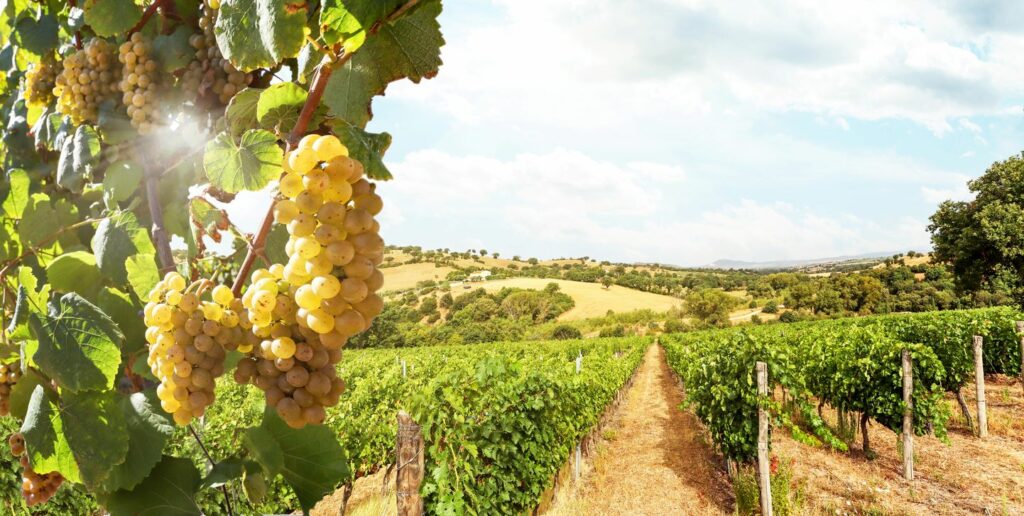
Gray mold poses various challenges for farmers and gardeners alike. Not only does it attack soft fruit crops and vegetables such as grapes, strawberries, and tomatoes during storage or transportation, but it also causes losses during plant propagation and cultivation stages. Additionally, once established in an area, Botrytis can be difficult to eradicate completely due to its ability to produce vast amounts of spores that easily disperse through wind or contact with infected plant tissue material.
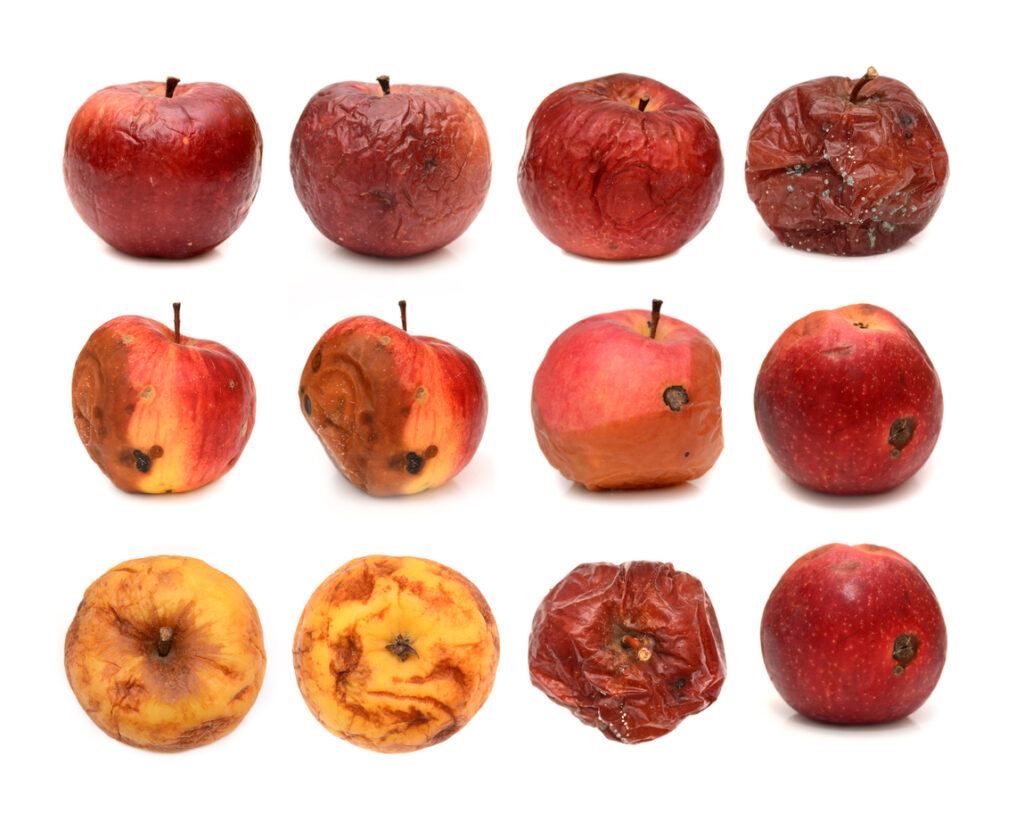
In contrast, Botrytis bunch rot specifically refers to the infection of grape clusters by Botrytis cinerea fungus. This form of gray mold thrives in moist conditions following periods of rain or high relative humidity in levels. Unlike other types of gray mold infections that affect multiple plant species indiscriminately, botrytis blight primarily targets grapevines.

The effects of botrytis bunch rot on grape crops are particularly devastating because it not only damages the fruit directly but also impacts wine quality significantly.
Profile on a “Noble Rot” Wine
One of the most notable wine regions known for using Botrytis blight in winemaking is the Sauternes region in Bordeaux, France. Here, the noble rot as it is often referred to, transforms Semillon and Sauvignon Blanc grapes into complex and highly sought-after dessert wines. The botrytized grapes are harvested by hand, selecting only those that are infected with a specific strain of Botrytis cinerea that enhances their flavor profile. This process creates wines with concentrated flavors of honey, apricot, and tropical fruits.

Moving across the globe to Germany’s famous Mosel region, we find another example of how Botrytis blight is utilized for winemaking. Riesling grapes grown here benefit from cool environmental and dry conditions along the river valleys. This encourages the development of noble rot. The resulting sweet Rieslings from this area exhibit a beautiful balance between acidity and richness. They show flavors ranging from stone fruit to marmalade-like notes. Due to its ability to thrive in this unique microclimate, Botrytis has become an integral part of winemaking traditions in Mosel.

From France to Germany and beyond, wine regions around the world have recognized the immense value that Botrytis brings to winemaking. Whether it’s producing luscious Sauternes or elegant German Rieslings, this noble rot brings complexity and sophistication to dessert wines like no other method can.
A Long History of Mold and Wine grapes
The discovery of noble rot’s positive impact on wines can be traced back to the 18th century in Germany’s Rheingau region. Winemakers were initially perplexed by the shriveled appearance of some grapes yet decided to press them anyway. The results astounded everyone – a lusciously sweet nectar emerged from these seemingly spoiled berries. This led these enterprising vintners to experiment further and cultivate an entire industry around botrytized wines.

Winemakers today have come to value Botrytis for its ability to concentrate sugars in affected grapes while maintaining balanced acidity levels. The infection causes moisture loss through evaporation. This leads to water concentration within the grape and intensified flavors produced upon fermentation. Furthermore, this noble rot imparts unique aromas and flavors like honey, apricot, orange peel, flowers and spices that cannot be replicated by any other means.
As we explore the rich tapestry of winemaking throughout history, it becomes clear that Botrytis holds a special place among wine enthusiasts due to its transformative effect on grapes.
What happens when Botrytis affects grapes?
Botrytis, commonly known as noble rot, is a fungal disease that can have a significant impact on grape production. While some may see it as a nuisance, winemakers with experience know that this rot can lead to exceptional wines. When Botrytis infects grapes, it pierces their skin and feeds off the moisture within. This process causes the grapes to shrivel and concentrate their sugars, resulting in sweet and intensely flavored wines.
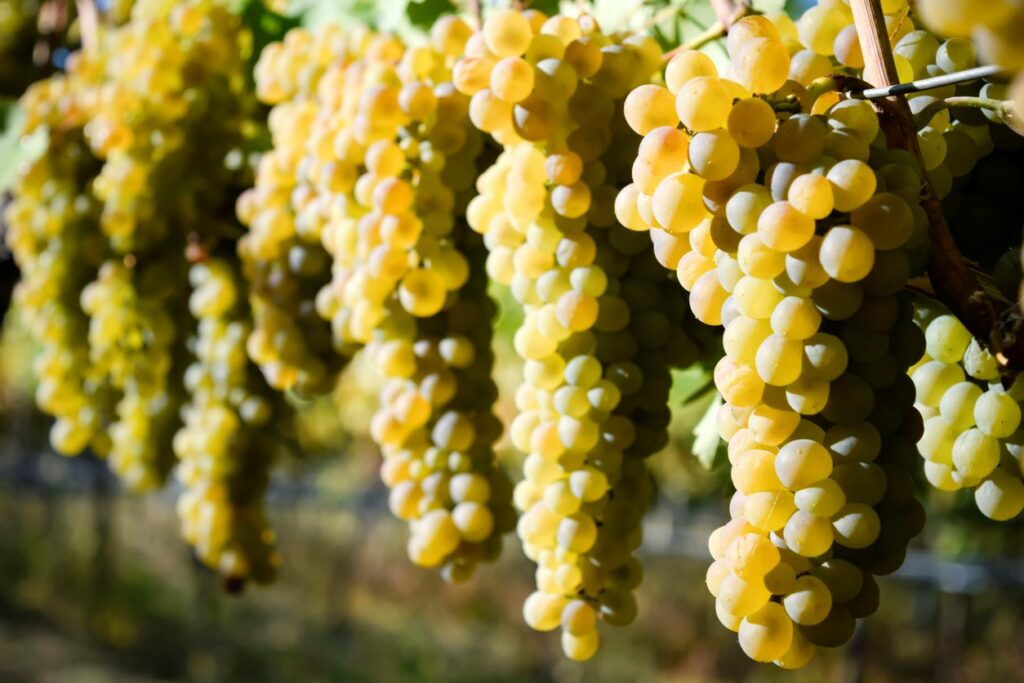
While other fungi species might cause damage to the crop, Botrytis has the remarkable ability to transform the juice of these infected grapes into something extraordinary. As the fungus consumes the fruit’s water content, it leaves behind concentrated flavors and heightened acidity. Winemakers take advantage of this by fermenting such grapes into dessert wines with complex aromas of honey, apricots, and even nuanced notes like ginger or saffron.

What sets Botrytis-affected grapes apart from others are their unique characteristics: they generally contain an ideal balance of sweetness and acidity that preserves freshness even in heavy-bodied wines. It is crucial for growers to monitor conditions carefully throughout harvest season for ideal Botrytis bunch rot development. They need to be not too wet nor too dry. This ensures just enough cool temperatures and enough humidity without promoting mildew growth.
How does Noble Rot happen in vineyards?
Noble rot, also known as botrytis cinerea, is a fascinating plant phenomenon that occurs under specific growth conditions in vineyards. This beneficial fungus causes the grapes to shrivel and lead to highly concentrated sugars. It ultimately produces unique and sought-after dessert wines like Sauternes or Tokaji Aszú.

The ideal conditions for noble rot to occur include a high humidity combined with periods of fog or mist in the early morning followed by warm and dry afternoons. These climatic factors create a perfect environment for spores of the botrytis cinerea spores to develop on the grape berries. Additionally, certain grape varieties are more susceptible to noble rot than others, notably Sémillon, Riesling, Furmint, and Chenin Blanc.
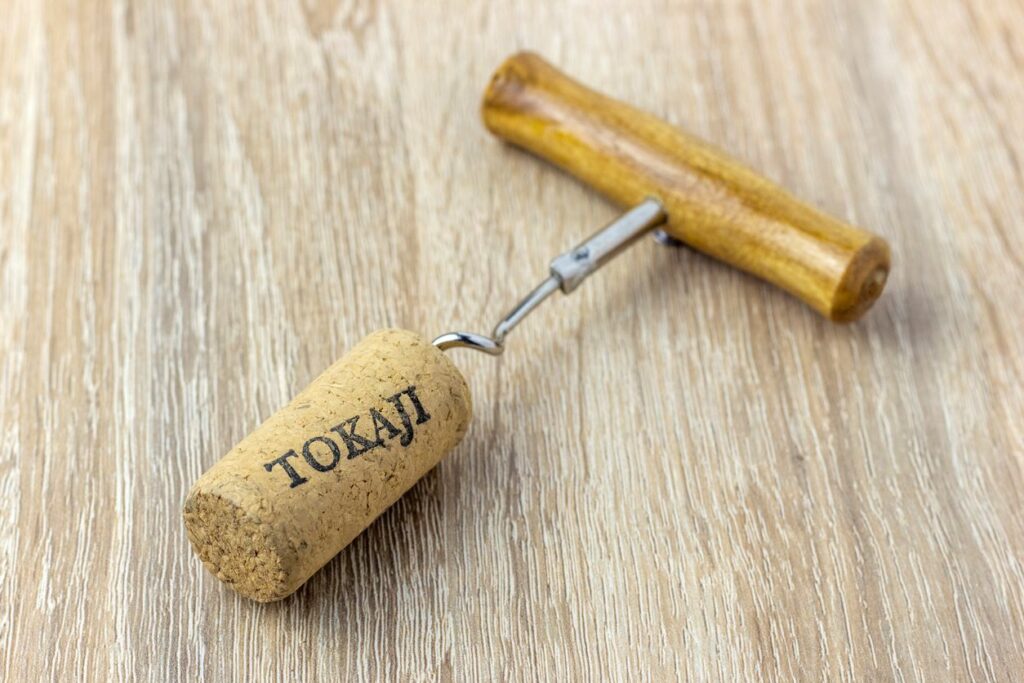
The Botrytis infection begins with small grey spots on individual grape berries, and as the botrytis blight progresses under these specific weather conditions, it transforms into a rather brown powdery mold that looks deceptively undesirable. However, it is this very mold that punctures tiny holes in the grape plants’ skins. It thus accelerates water evaporation from within which concentrates sugars and flavors. The development of noble rot requires precise timing as waiting too long may result in undesirable levels of rot. Harvesting too soon would prevent its development altogether.
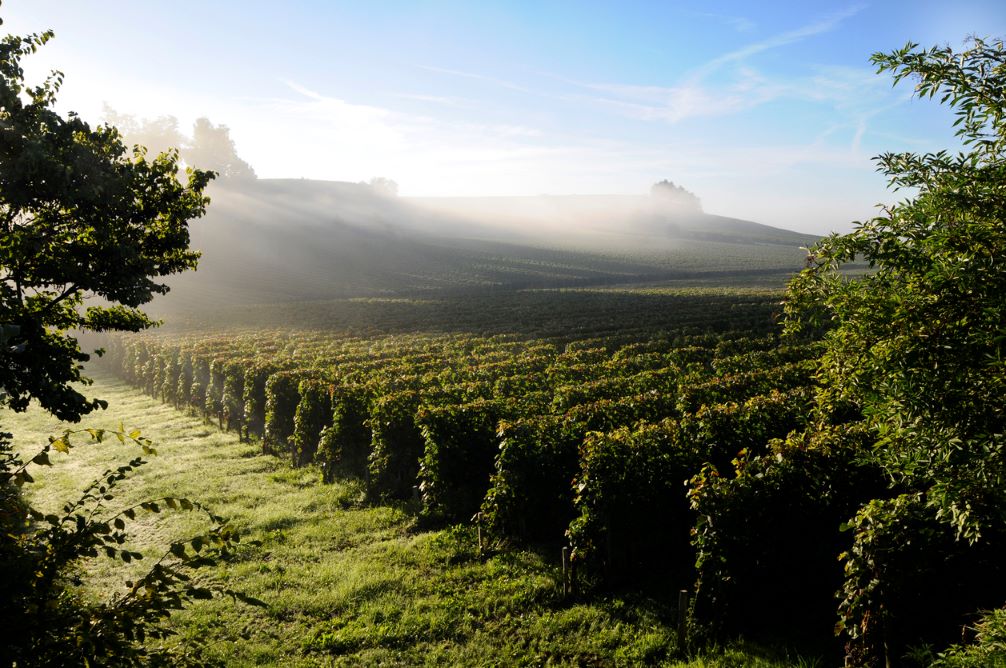
In conclusion, understanding the specific conditions necessary for noble rot is crucial for wine producers aiming to craft extraordinary dessert wines.
Which wines are made by Botrytis Cinerea?
The Botrytis fungus species acts as a game-changer in winemaking, affecting the grape’s sugar concentration while preserving its acidity levels. As this fungus progresses, it causes the grapes to partially dehydrate, concentrating their sugars and intensifying their flavors. The most famous examples of Botrytis wines come from regions like Sauternes in Bordeaux, Tokaji in Hungary, Beeren or Trockenbeerenauslese in Austria and Germany as well as late harvest wines produced from Australia and California.

While these wines are often associated with dessert due to their sweetness, there is so much more to discover about them. Past their indulgent demeanor lies a character full of subtleties and layers waiting to be explored.
Their extraordinary balance of acidity creates a soft, harmonious symphony on your taste buds. It is sweet without being cloying, refreshing without sacrificing complexity. It is this delicate equilibrium that sets Botrytis wines apart from other sweet wines like late harvest or ice wine.
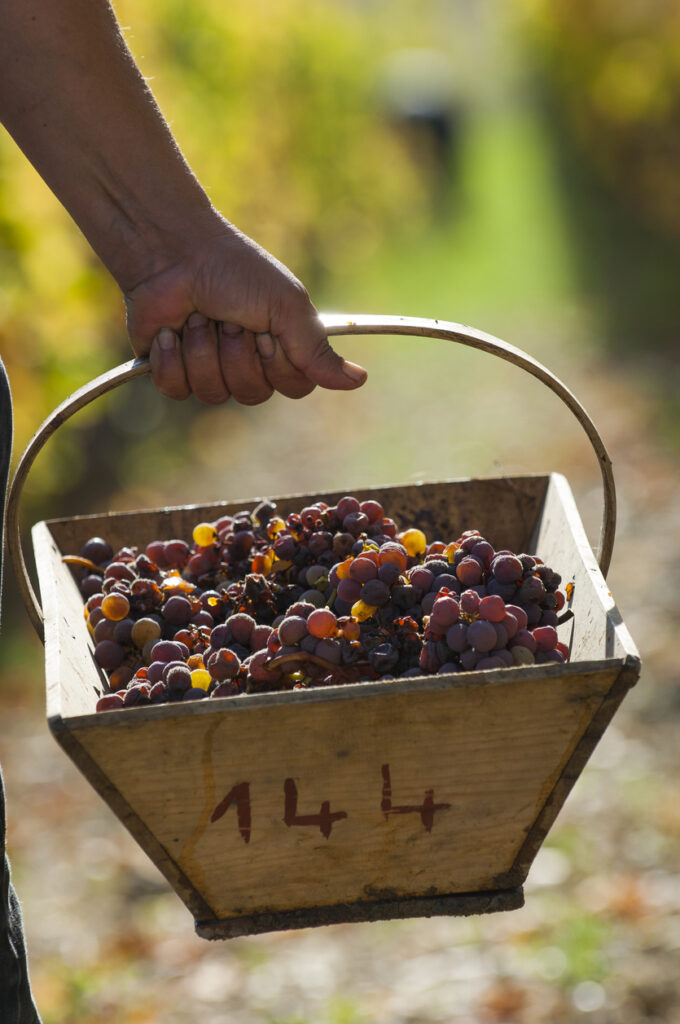
Whether paired with foie gras or enjoyed on its own as an indulgent treat, there is no denying the allure of Botrytis wines.
Flavor of Noble rot and Botrytis Wines
Botrytis wines, often referred to as noble rot wines, offer a flavor profile that is truly unique and captivating. These sweet dessert wines generally originate from grapes affected by the Botrytis cinerea fungus. The botrytis pierces the grape skin and dehydrates it. As a result of this natural process, the flavors in the juice of botrytis-affected grapes become concentrated. This leads to an intense sensory experience for anyone lucky enough to savor these exquisite libations.
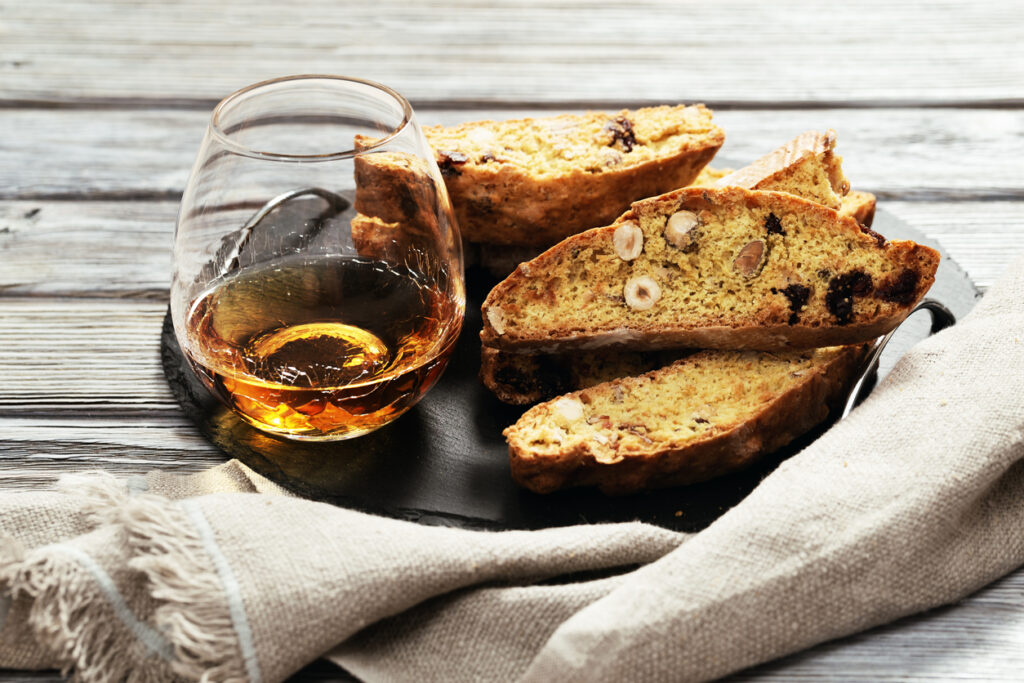
Sweetness level
One of the defining characteristics of Botrytis wines is their luscious sweetness. The noble rot enhances the grape’s natural sugar content by consuming most of its water. It leaves behind a highly concentrated fruit syrup-like quality. This results in a wine that bursts with honeyed flavors and aromas. They are reminiscent of ripe stone fruits like peach, apricot, and nectarine. However, what sets Botrytis wines apart is its unique balance between sweetness and acidity. While they are undoubtedly sweet on the palate, these wines possess an underlying zestiness. This keeps them from becoming cloying or overly heavy.
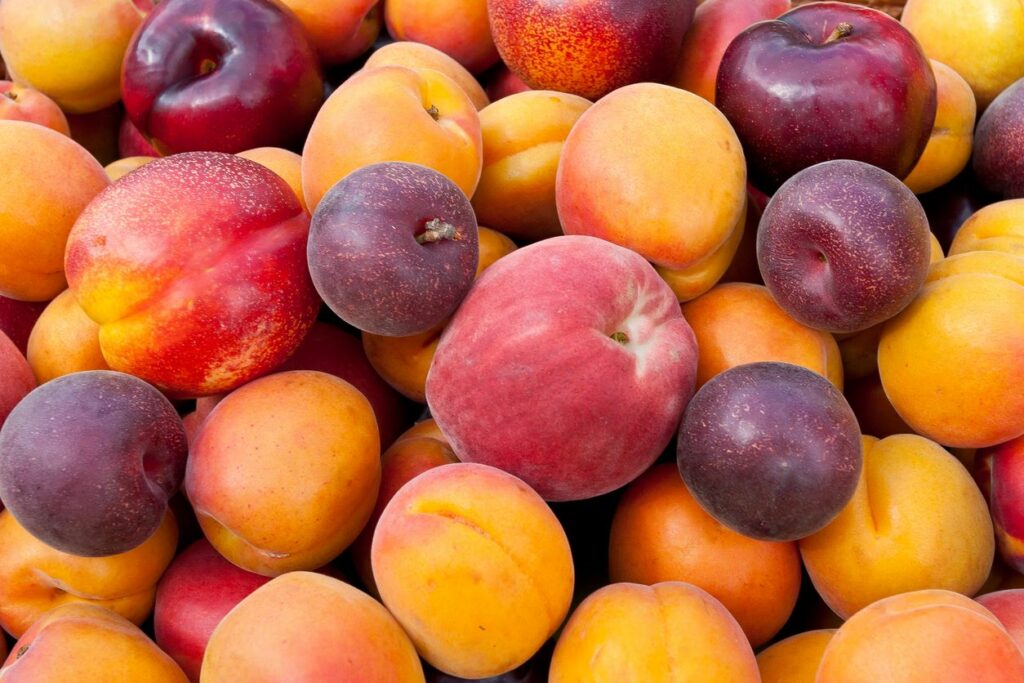
Balance of sweetnes and acidity levels
Beyond their inherent sweetness and acidity balance, Botrytis wines also exhibit distinct secondary flavors. They add depth and complexity to their profiles. Notes of marmalade, citrus peel, caramelized brown sugar, dried flowers, figs or raisins often make appearances on both the nose and palate. Some might even detect hints of spices like cinnamon or ginger in certain bottles.
Food Pairing of Botrytis Wines
Botrytis wines, famously known as Noble Rot wines, are a unique and luxurious treat for wine enthusiasts. With their intense complexity and sweet flavors, these wines demand equally exquisite food pairings to create an unforgettable culinary experience. When it comes to Botrytis wines, there is a world of possibilities waiting to be explored.
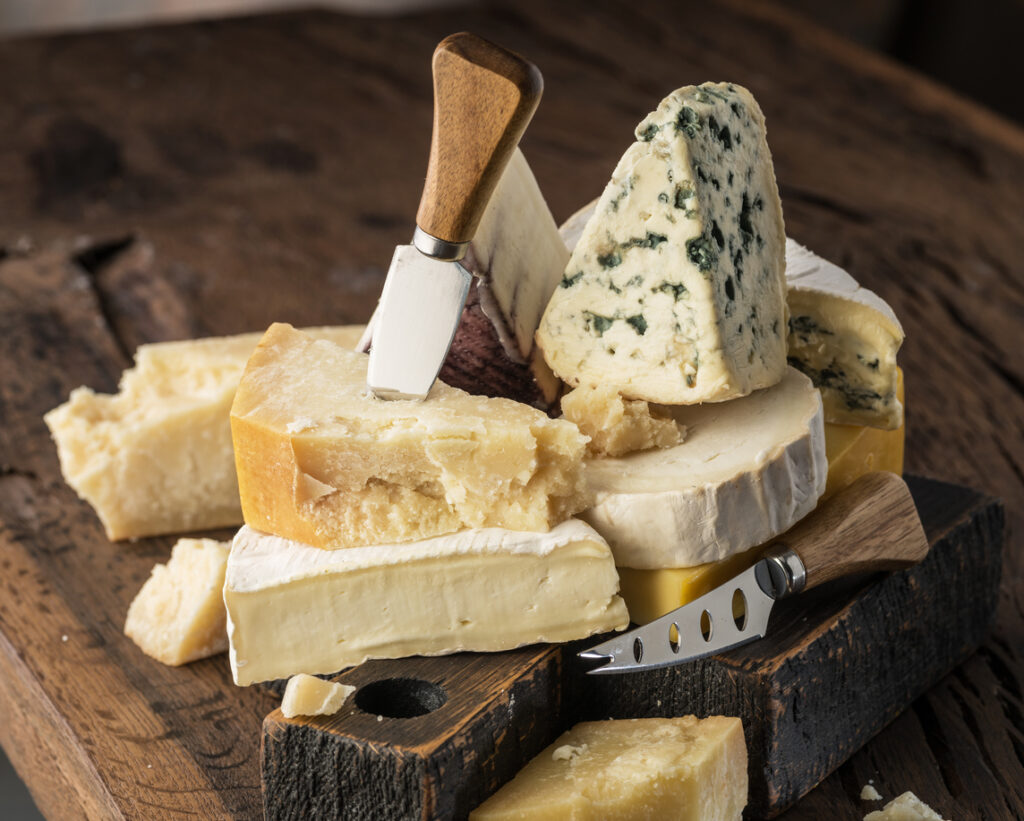
Cheese
One classic pairing for Botrytis wines is with blue cheese. The richness and creaminess of blue cheese harmonize perfectly with the honeyed sweetness and vibrant acidity of these dessert wines. The saltiness of the cheese counterbalances the wine’s sweetness, while its pungency adds an intriguing contrast that elevates both flavors. Whether served on a crisp cracker or spread on a slice of toasted baguette, this combination will transport your taste buds to new heights.
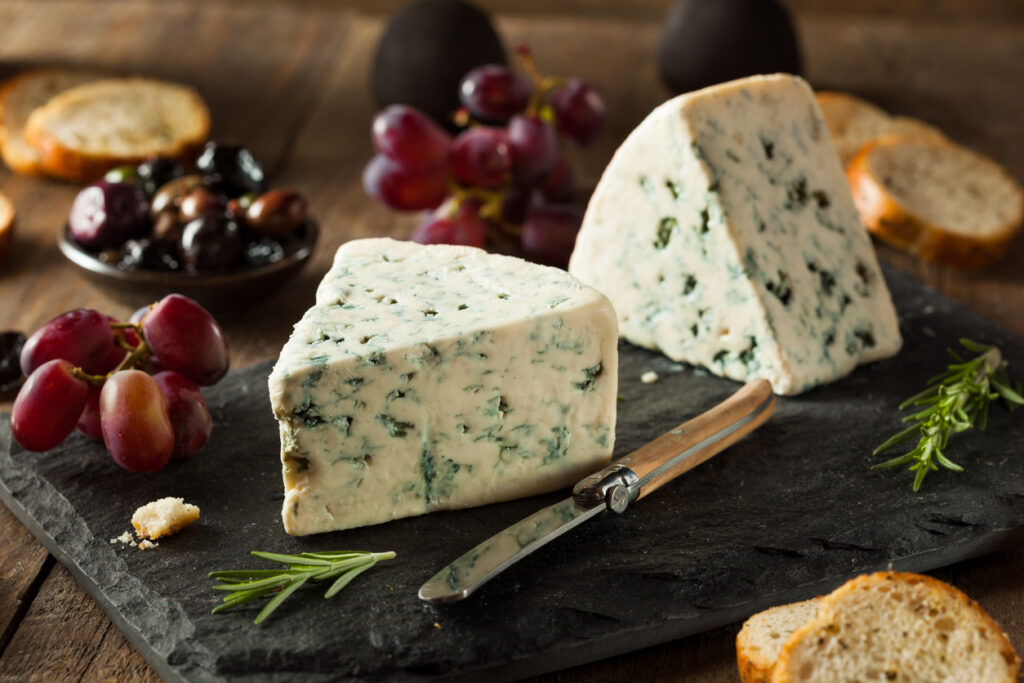
Foie Gras
Another unexpected but delightful pairing for Botrytis wines is foie gras. The fatty richness of foie gras complements the luscious texture and opulent nature of these dessert wines flawlessly. Together, they create a sublime marriage where each component enhances the other’s finest attributes – from the silky mouthfeel to the complex layers of flavor. This pairing truly embodies luxury and indulgence in every bite and sip.

In conclusion, exploring food pairings for Botrytis wines opens up a treasure trove of gastronomic delights fit for any special occasion or celebration.
Conclusion
In conclusion, Botrytis is a complex and unique fungus that can have both positive and negative effects on winemaking. While it can contribute to the development of noble rot and produce exceptional sweet wines, it can also cause widespread damage to vineyards by infecting grapes with grey rot. Winemakers must carefully monitor their vineyards and employ appropriate strategies to manage Botrytis infections. Additionally, further research is needed to better understand the mechanisms of Botrytis infection and develop more effective control measures. By studying this fascinating fungus and its impact on winemaking, we can continue to improve the quality and consistency of wines around the world.

